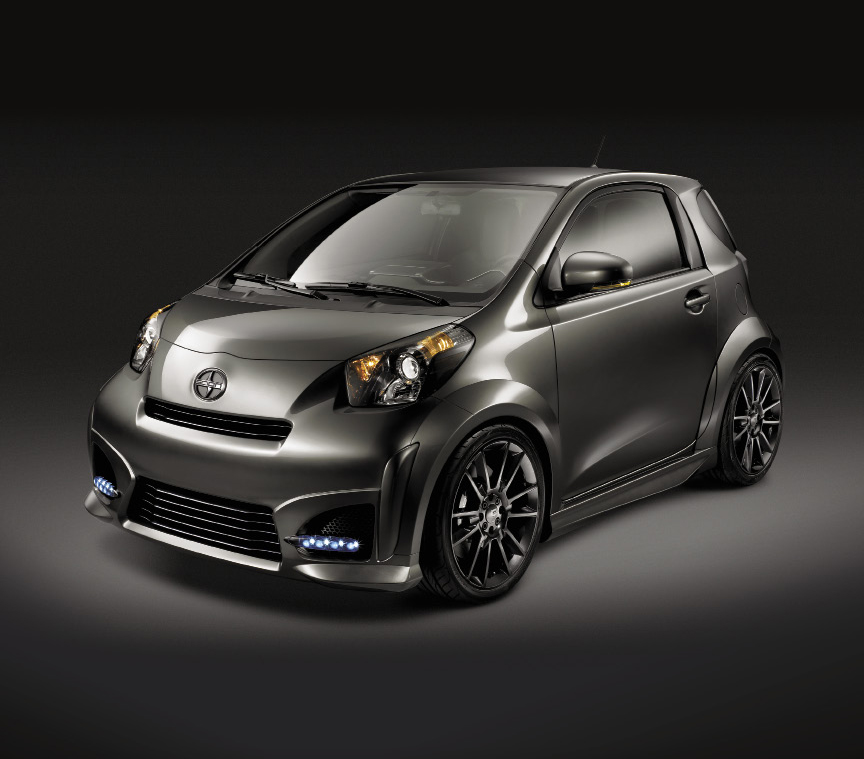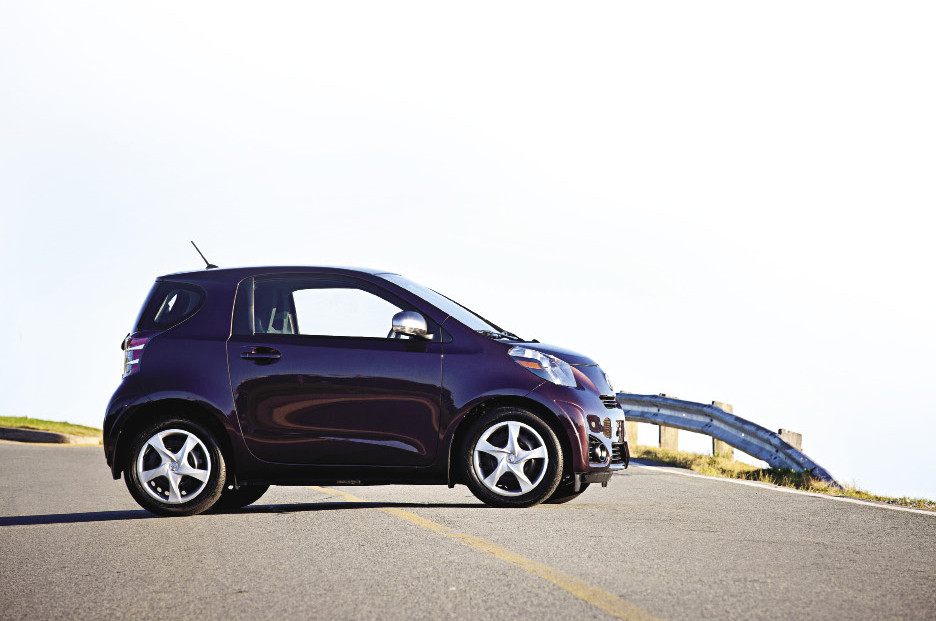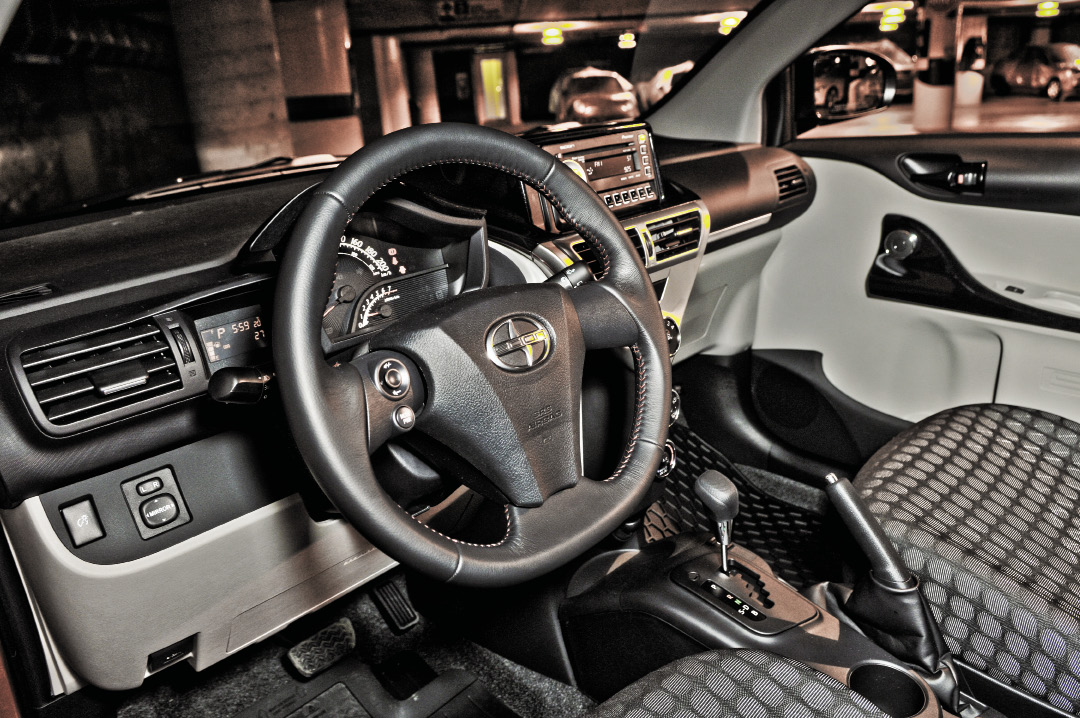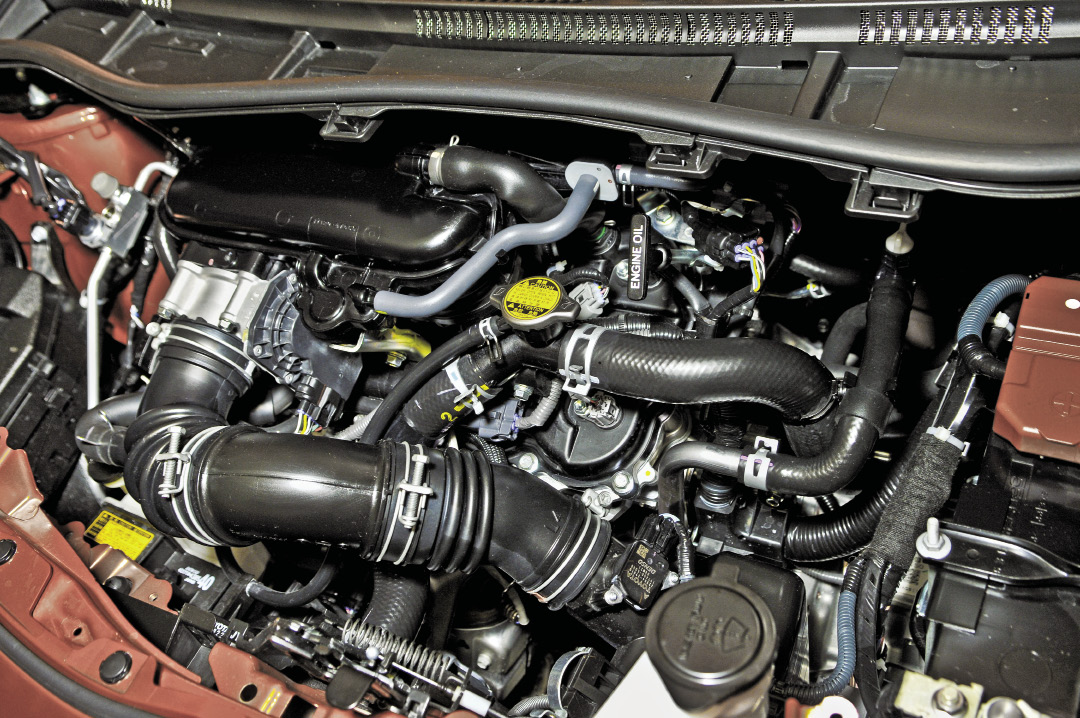2012 Scion iQ

Elsewhere in this issue, you can read about any number of super-fast cars with the exorbitant price tags to match. Of course, this makes sense—after all, you’re reading the 2012 PRN Performance Car Buyers Guide and we’re not going to write about anything motorized that doubles as a proven cure for insomnia.
But we’re a savvy bunch over here at HQ and we recognize that our readers—while they may all have racing fuel coursing through their veins—may also belong to a larger family dynamic. Meaning, the household may have more immediate transportation issues to consider than how to best leverage the equity in the home to secure a Lamborghini Aventador.
So we asked ourselves questions like: Given the choice, which new car would we use to learn how to drive? What’s a great car to give your son or daughter as they prepare to leave home for the first time? Is there any such thing as a small, inexpensive and truly fun-to-drive car?
The truth be told, you don’t have to spend even $20K to secure a fun car these days—in fact, there are more and more of them coming to North America all the time.
Last year, we finally got our sweaty hands on the Fiat 500, a stylish little import straight out of Torino that first appeared in Italy in 2007. We also received the Euro-spec Ford Focus after having to make do with the subpar North American version for far too long. The Blue Oval also gave us another European import in 2010—the Ford Fiesta—while strategic partner Mazda chimed in with its own version, the Mazda2.
The sheen may be off Honda and Toyota to some degree recently, but both carmakers still have interesting product in their respective line-ups. The Honda Fit has been available in Japan since 2001 and in North America since 2006; this subcompact is so well-done, it drove the Civic right out of the Japanese market in 2010. Meanwhile, that country’s largest manufacturer, Toyota, brought the entry-level Scion brand to Canada in 2010 and, last year, introduced the micro-subcompact iQ, which we’ve chosen to spotlight here.
In late 2010, General Motors entered the fray with the Chevrolet Cruze, a compact car so big on content and value, it made buyers forget all about the carmaker’s deficiencies of the past. Finally, speaking of value, few (if any) carmakers can touch the Korean manufacturers lately; last year proved no exception as the highly touted Kia Rio5 and Hyundai Veloster entered the fray.
While some of these cars may be more fun to drive than others, all of them warrant a close look for one reason or another.
* * * * *
 Halifax, NS — Available for sale in Japan and Europe as the Toyota iQ for about three years now, this 2012 Scion iQ is definitely not an all-new car, but it is a new brand champion for Scion, which just arrived in Canada a year ago.
Halifax, NS — Available for sale in Japan and Europe as the Toyota iQ for about three years now, this 2012 Scion iQ is definitely not an all-new car, but it is a new brand champion for Scion, which just arrived in Canada a year ago.
News flash: The iQ is fun to drive, particularly in urban settings. Once outside the urban jungle—Halifax, in this instance—the car seemed less inspired, but it still offered up a few surprises. Powered by a 1.3-litre 4-cylinder engine (94 hp; 89 lb-ft of torque), the iQ is far from fast. But the Scion is also very small, breaking the tape at just slightly more than three metres in length. This aspect of the car, combined with its relatively light weight, gives the micro-subcompact enough zip and manoeuvrability to merge onto crowded highways without undue drama.
The continuously variable transmission (CVT), the only transmission available, does a workable job of maintaining momentum. There are three driver-selectable settings: regular, sport mode and braking mode. Sport mode holds lower gears longer before upshifting, while braking mode increases engine braking to help slow the car down.
The most important aspect of the engine-transmission pairing is its efficiency: The iQ is expected to deliver 5.1 L per 100 km in combined city/highway driving, which would make it the most fuel-efficient non-alternative fuel vehicle on the road today.
Although the iQ is short, it’s also relatively wide, so it feels stable during sharp cornering. And the wheels are set right at the corners, so it’s very easy to squeeze into tight parking spaces without mistaking the dimensions of the car. Due to innovative chassis design, the Scion also boasts a microscopic turning circle at just 3.9 metres.
 |
 |
 |
The advantages of the iQ’s engineering revealed themselves in a head-to-head-to-head autocross challenge staged in a Nova Scotian parking lot. Here, the Scion easily outperformed both the smart fortwo and the Fiat 500 in terms of driving dynamics—in fact, it was a slam-dunk.
The engineers at Toyota have also given the Scion some forward-thinking interior features. For example, the front passenger seat is offset from the driver’s seat; it can be moved closer to the dash, making it easier for passengers to clamber into the back (in theory, the iQ does offer seating for four) and for the person behind the front-seat passenger to stretch out (a bit).
The cabin also boasts a standard leather-wrapped flat-bottom steering wheel, 160-watt Pioneer audio system, Bluetooth streaming audio and Bluetooth hands-free connectivity. There’s a small cargo area with an under-floor storage compartment and enough space behind the rear seat for a pair of moderately packed backpacks. The rear seats split and fold flat to accommodate larger items. Last but not least, the iQ features 11 airbags, the most in its class, including one for the rear window, a first for the industry.
The 2012 Scion iQ will prove popular if there’s enough content to justify the starting price—in this case, that price is $16,760. This is more than some larger compact cars, but the iQ also has an intangible cool factor that many small and inexpensive cars completely lack—and it’s tough to put a price on that.






















